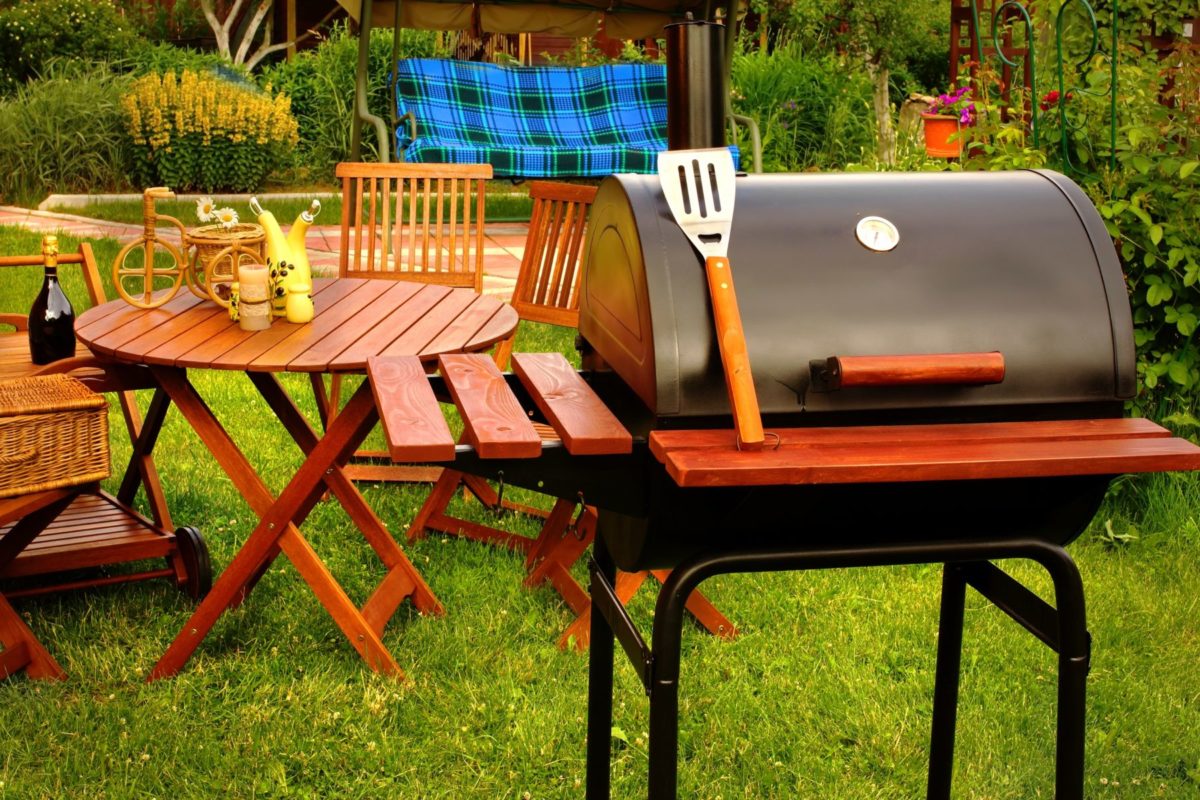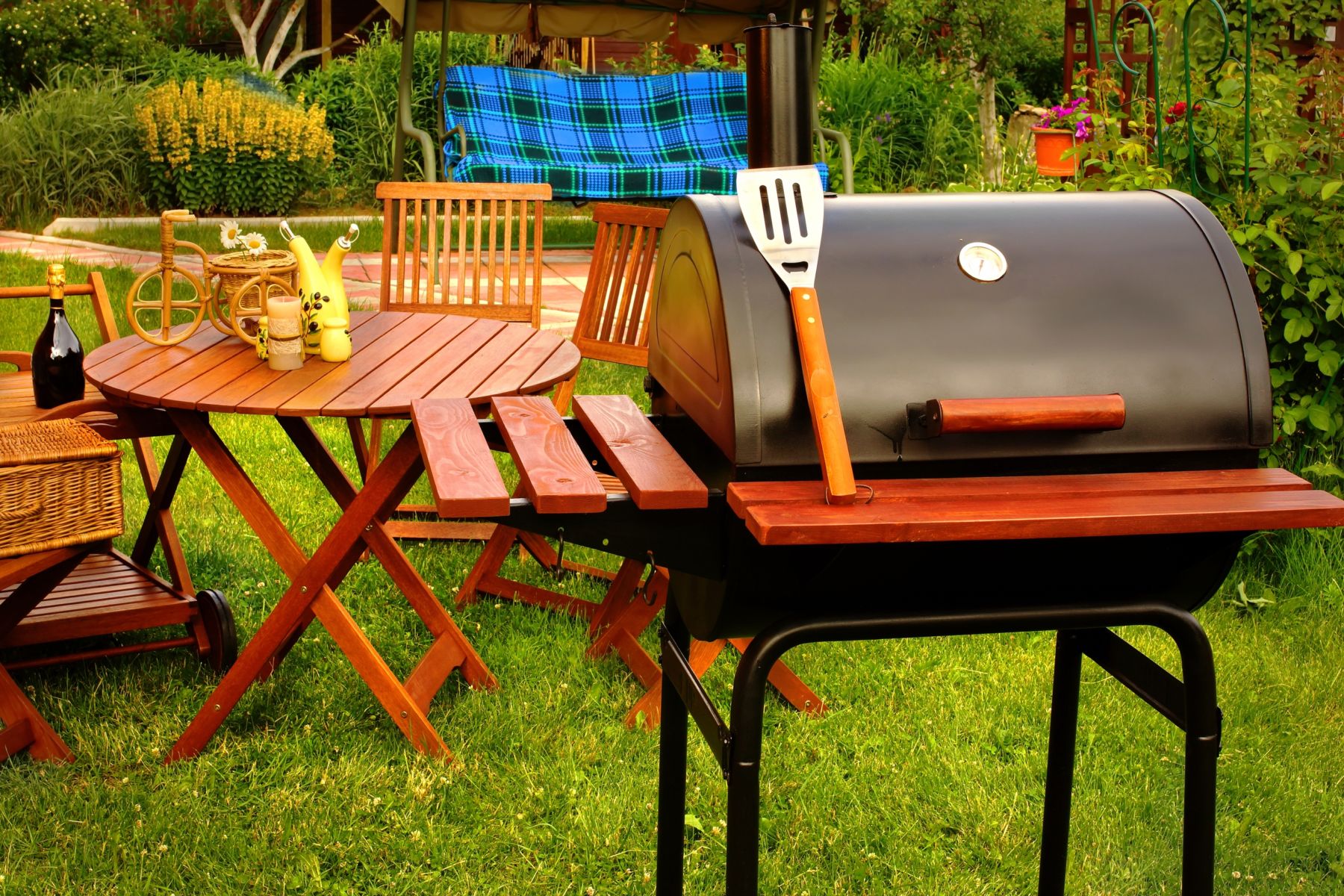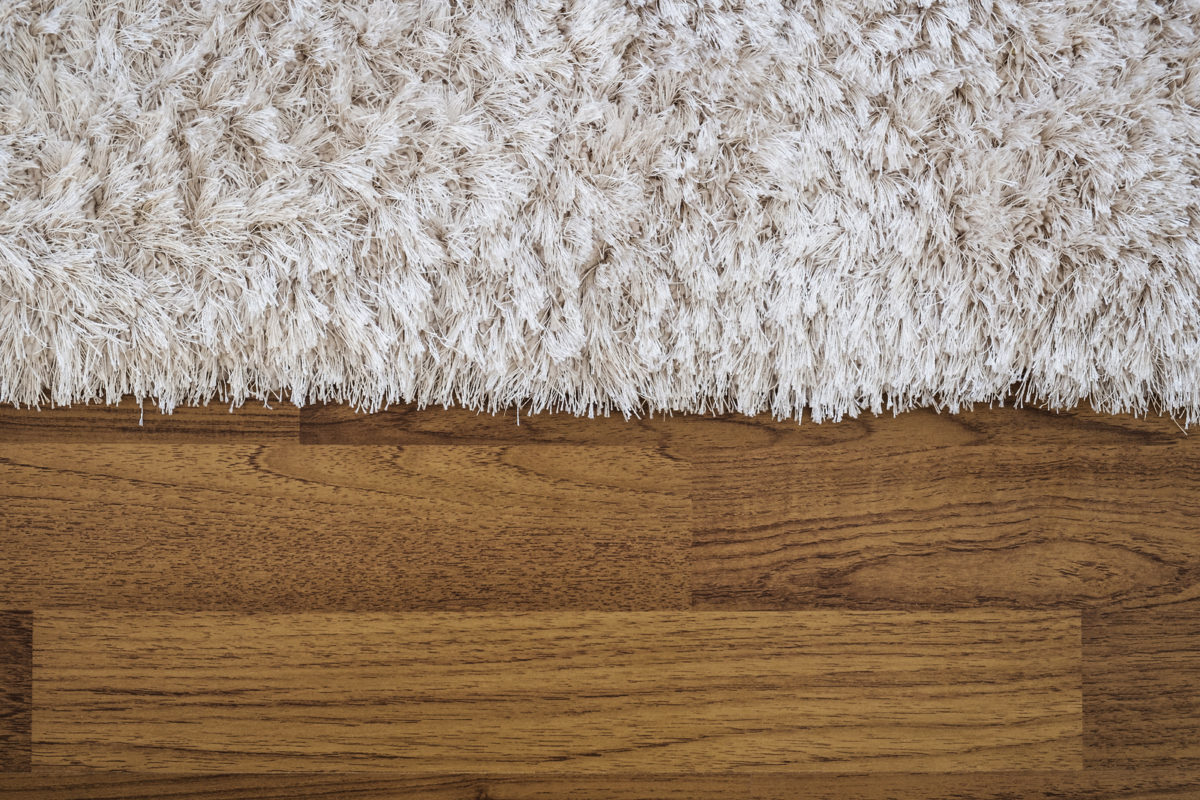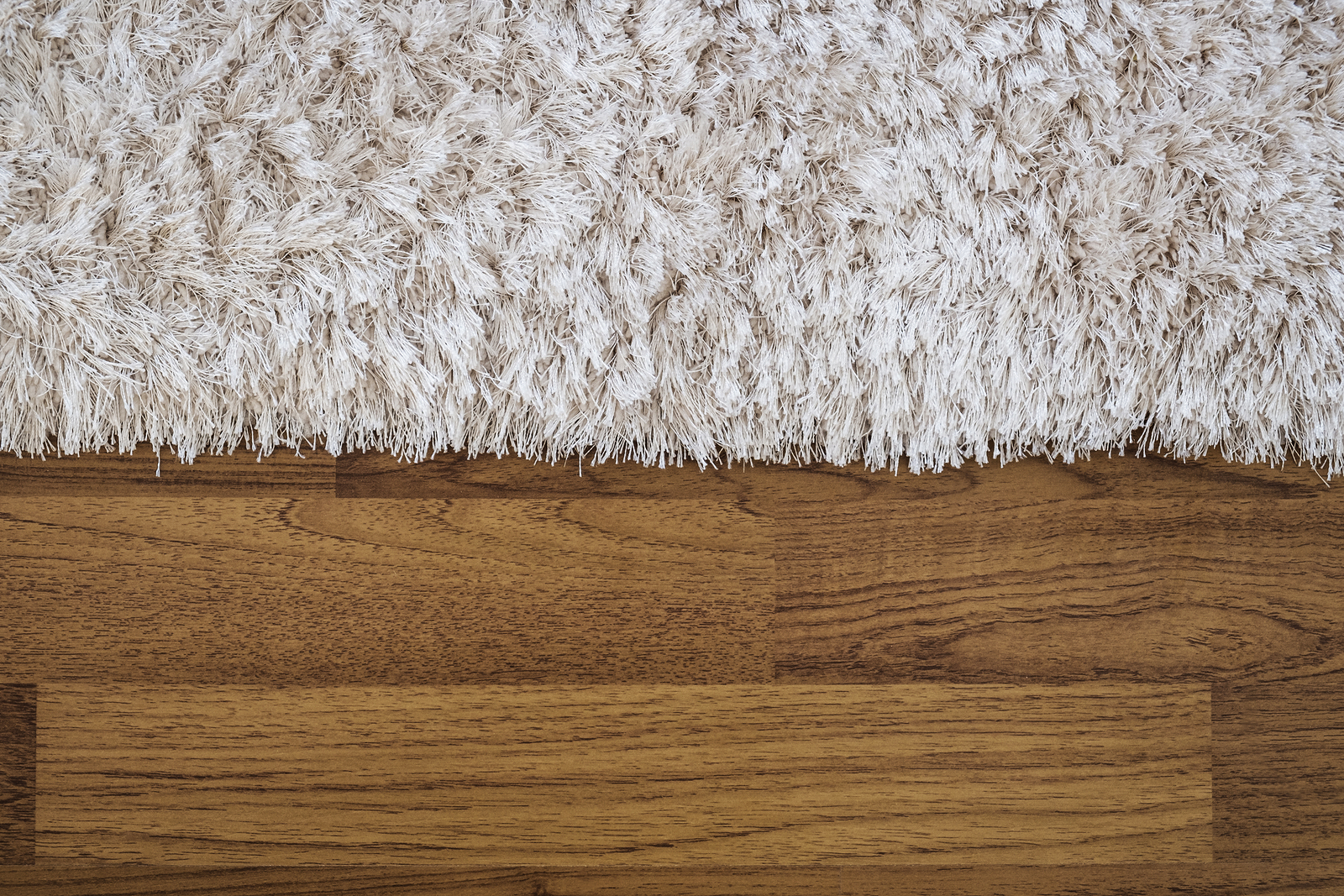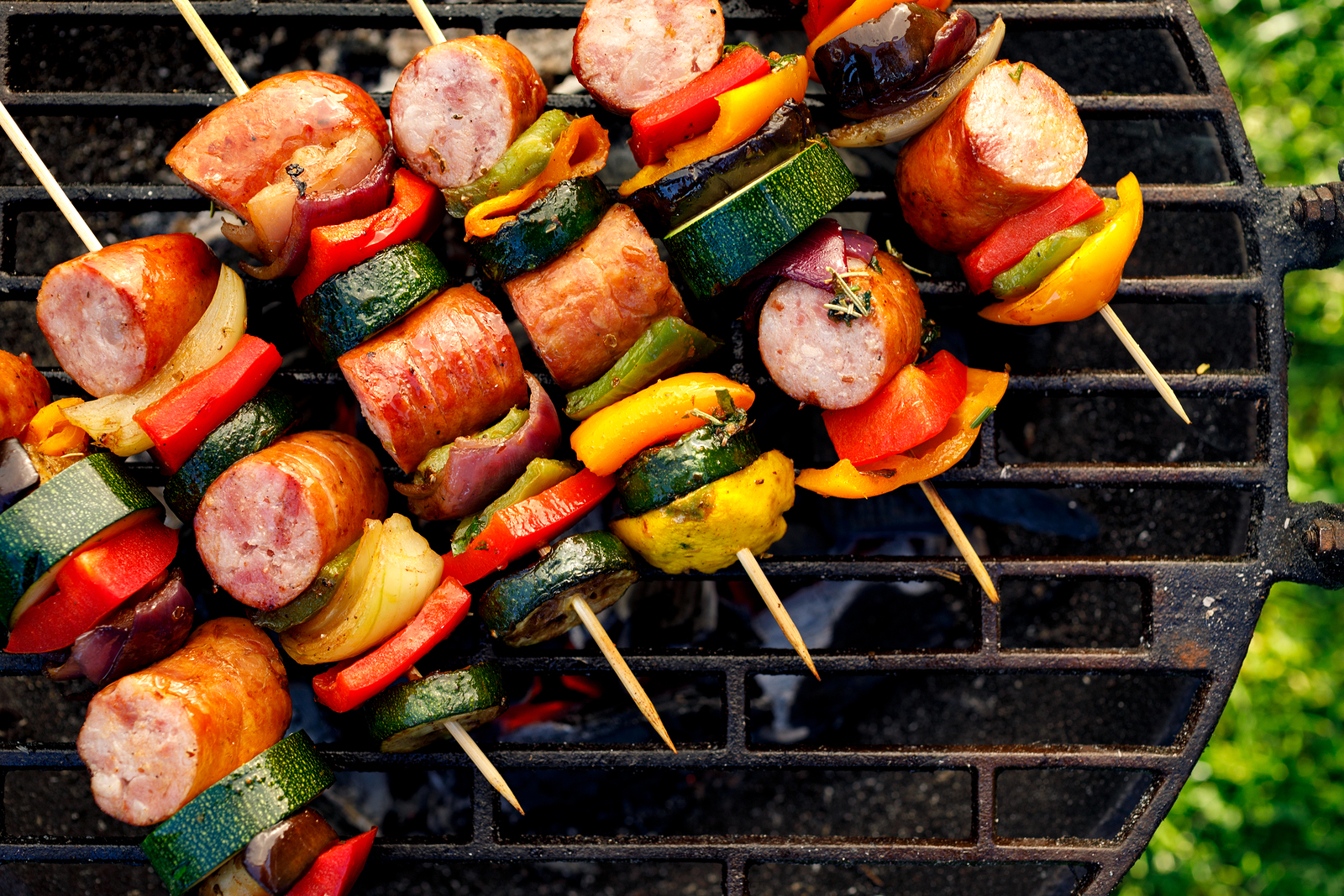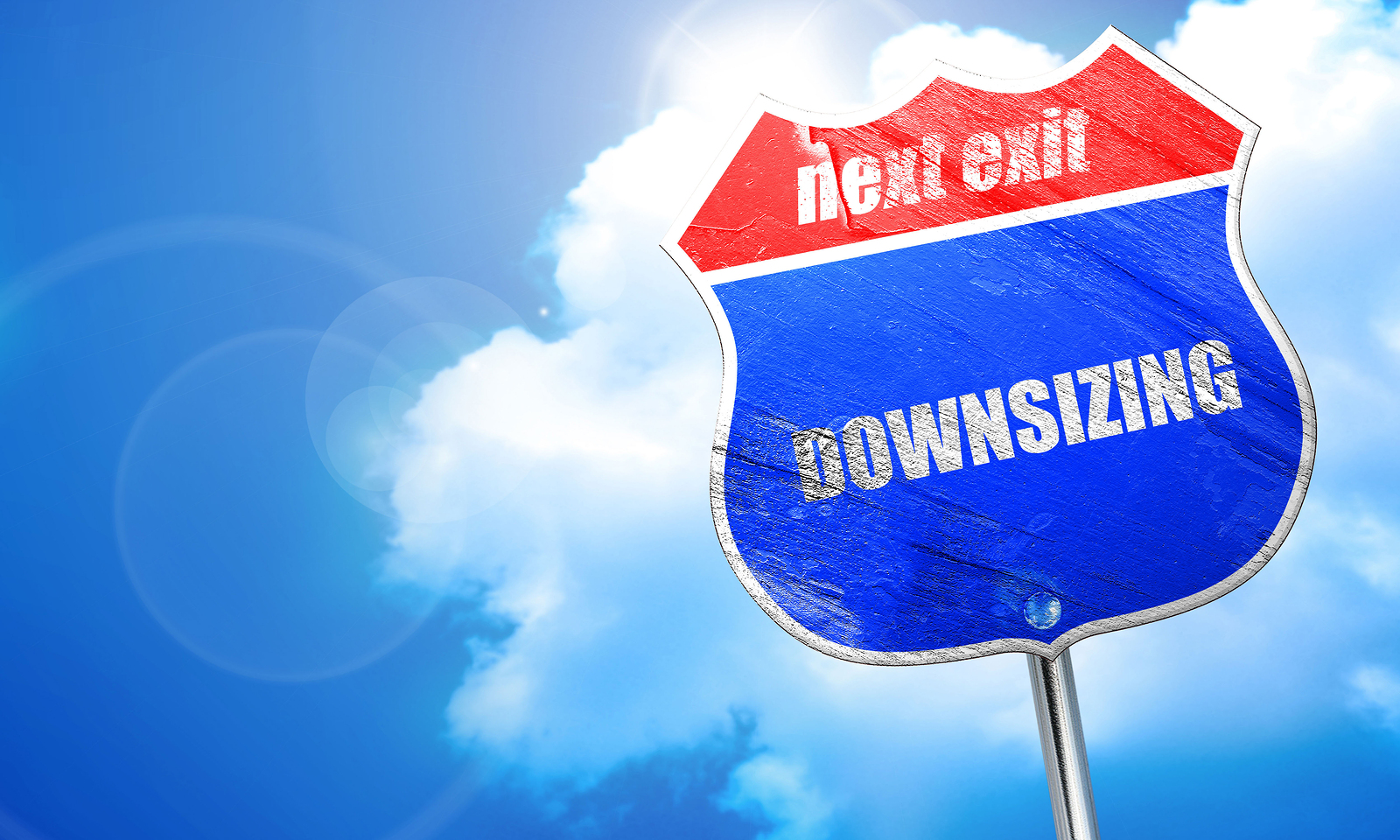
There is no one answer and many, many things to consider when deciding about whether to sell or rent out a house that no longer suits you.
First, I urge you to speak with your accountant or financial planner before doing anything else.
He or she will be able to help you determine if keeping the home to rent to a tenant is a sound financial move – whether or not is will produce positive cash flow. If it won’t, and you’ll be looking at a loss every month, consider selling the home.
But here are a few other things you may want to consider while waiting for your accountant to get back to you.
Condition of the home
Selling a home as-is isn’t quite as easy as you may think. If there are significant problems, a buyer’s lender may require them to be remedied before proceeding with the loan.
Even smaller problems may cause a significant reduction in the selling price and a lengthier sale process. Tenants are far more likely to overlook a home’s flaws than a potential buyer.
If you don’t have the funds to make repairs, renting the house out may be the best option, provided your financial counsellor agrees that all other considerations point to renting as well.
Can you tolerate being a landlord?
Now, if your home is in pristine condition and you have even a small emotional attachment to it, you may not want to rent it out. Tenants are notorious for not caring for homes as a homeowner does, allowing problems to fester without notifying the owner, causing additional damage.
Let’s face it, the mere act of living in a home can cause damage, from scuffed baseboards to burnt countertops and dead plants. If the thought of any of this damage breaks your heart, perhaps you should reconsider becoming a landlord.
Then, there is the routine home maintenance that you’ll be on the hook to perform, despite not living in the house. Guess who pays for the plumbing bill when the tenant’s child tries to flush his toys down the toilet?
If the roof leaks, the refrigerator dies or the HVAC unit needs repair, the onus is on you to set things right. If you lack the energy, desire or the funds to make repairs or replacements, landlording is not for you.
Your tolerance for risk
Becoming a landlord is a risky endeavor. What will you do if the rent is late or if it isn’t paid at all? Will you have the money to make the house payment?
Will you have the time and money to spend on protracted and stressful eviction proceedings? If not, you either shouldn’t become a landlord, or find the extra money to pay a professional property manager.
State and federal income taxes
I’m not a CPA, so, again, I urge you to contact yours. Taxes are complicated and become even more so when you own an investment property. I do know that there are many tax deductions for investment property owners, from being able to write off the interest associated with the mortgage to depreciation.
“The cost of repairs to rental property (provided the repairs are ordinary, necessary, and reasonable in amount) are fully deductible in the year in which they are incurred,” claims Stephen Fishman, J.D. at nolo.com.
Your tax professional can let you know what, if anything, has changed in the tax laws.
Selling the home
If you sell the home, you’ll be taking advantage of one of the best seller’s market in history. You’ll no doubt be pleasantly surprised when you learn how much the home worth right now.
Since you don’t need the money to purchase the new home, why not consider investing it for your future? Or, maybe take that family vacation you’ve been dreaming about?

